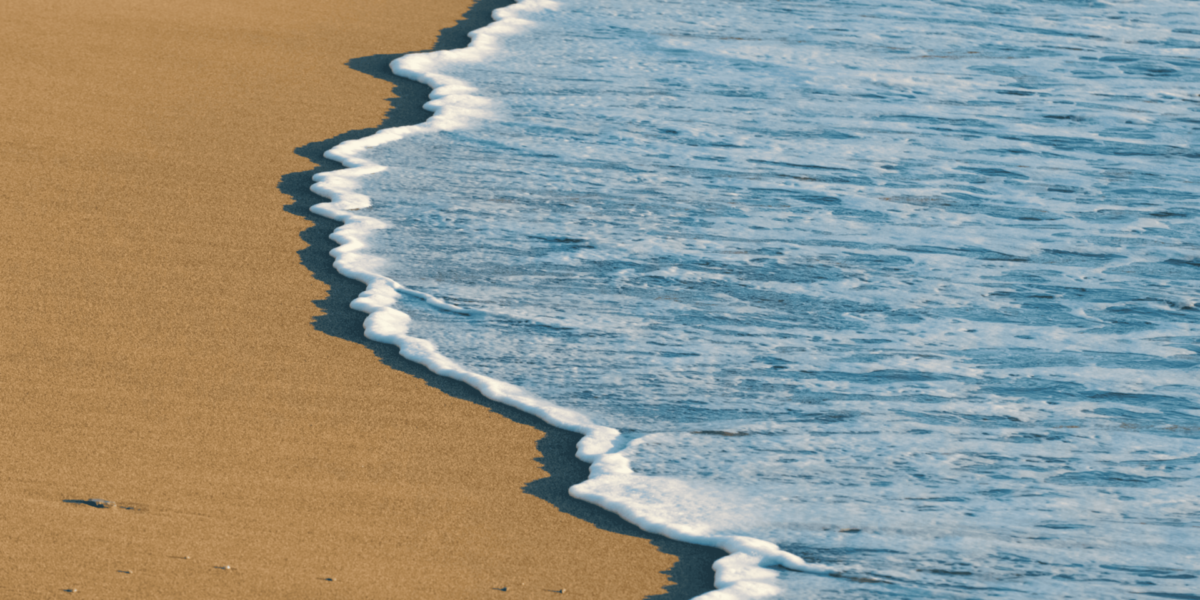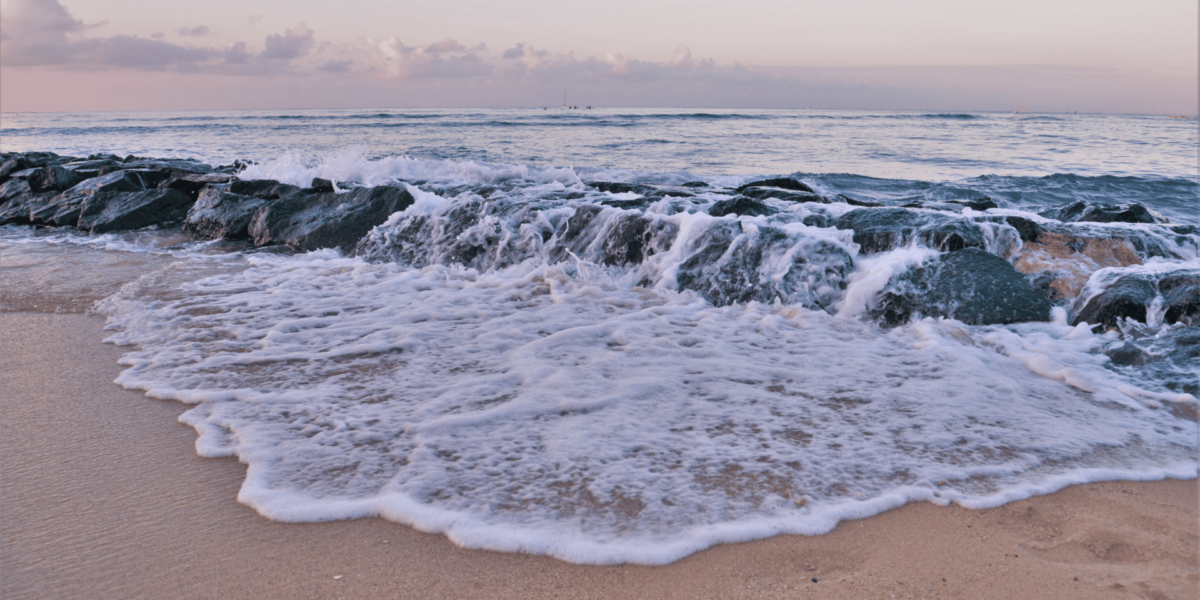Shorelines Capture the Movement of Time
Shoreline spaces change with each wave, wind gust, and shift in light. These changes leave visible marks that show time’s slow passage across the surface.
As the tide moves in, it smooths the sand. As it recedes, it leaves behind lines, textures, and impressions. A visitor walking along the beach notices fresh trails, scattered shells, and the way water pools in shallow dips. These details build a story across the landscape—one that disappears and rewrites itself daily.
Sand Records More Than Footprints
Every footprint, ripple, and indentation on the sand speaks to recent activity. These markings form temporary evidence of presence, motion, and natural rhythm.
A person walks close to the water and leaves a trail that curves slightly before fading near the tide line. Nearby, a seabird’s steps cross those prints, leading in the opposite direction. A wind gust shifts dry sand across both sets. The beach holds these small interactions for only a short time, but they create a layered visual narrative. The sand behaves like a canvas, constantly refreshed by natural forces.
Tidal Shifts Create Rhythmic Structure
Tides don’t just move water—they shape the entire form and function of shoreline spaces. The quiet drama comes from watching how those movements define patterns.
The rising tide narrows the beach, drawing lines that mark the water’s reach. As it recedes, it reveals new ground, uncovered objects, and polished surfaces. Each cycle removes some marks and adds others. These repeating changes shape how people explore, rest, and observe the beach. Tidal motion organizes time and space without words.
Weather Adds Texture to the Shoreline
Wind, rain, and sun leave their own marks on shoreline areas. Each condition adds texture, light, and change to the surface of the sand.
A windy morning leaves ripples across the dunes and sculpts ridges into flat zones. Rain compacts loose grains, darkens the tone of the surface, and highlights low areas. The sun, when high, flattens detail but increases contrast between wet and dry areas. Each weather event shifts the scene in real time, and the beach reflects those changes immediately. No two hours look the same.
Natural Debris Tells Silent Stories
Washed-up objects along the shore reveal quiet signs of distant weather, deep tides, or unseen movement far beyond the beach.
A twisted piece of seaweed, a fragment of driftwood, or a smooth stone carried in by the current holds context. These items don’t just decorate the shoreline—they suggest where they came from and how long they traveled. Their size, shape, and position form part of the beach’s ongoing story. Visitors read these signs without realizing it, building mental pictures from fragments.
Human Presence Leaves Fleeting Traces
People who walk, sit, or play along the beach mark the space with actions that fade quickly but influence the mood of the landscape.
A child’s sand drawing appears bold at first, then loses detail with each hour. A group’s circle of footprints forms a ring that blurs as the sun shifts and the wind rises. These impressions matter, even though they vanish. They show how humans fit into the rhythm of a shoreline—never in control, always part of the ongoing reshaping.
Shoreline Edges Mark Transitions
The edge of the shoreline is not fixed. It moves with the water, weather, and time of day. This constant motion marks the boundary between land and sea, permanence and change.
A person walking near the edge must adjust with each incoming wave. The ground beneath shifts from firm to soft depending on moisture. These changes affect how people move, pause, or step back. The line is never exact, but always present. This edge defines the beach without walls or fences, offering both limit and freedom.
Light Creates Visual Drama Without Noise
At shoreline spaces, the light changes not just what people see but how they feel. Light adds motion to still objects and creates contrast that defines space.
Morning light casts long shadows behind shells and dune grass. Afternoon light flattens texture and brightens the view. Evening light stretches across the wet sand, turning puddles into mirrors. These changes happen slowly and without sound, but they transform the entire scene. The light brings visual drama that shifts hour by hour, influencing how people respond to the space.
Stillness Holds Unexpected Energy
A beach that appears still often holds the most movement. Beneath the surface, small changes occur with every breath of wind and shift of water.
A calm shoreline may not show crashing waves or busy foot traffic, but sand particles still drift, birds still scan for movement, and waterlines inch forward or back. The quiet reveals more detail. People slow their pace. They notice patterns, track movement, and sense the balance between rest and activity. This energy doesn’t demand attention—it rewards observation.
The Beach Becomes a Shared Storyboard
Shoreline spaces act as storyboards for everyone who visits. They record actions briefly, then clear the page for new ones. This cycle makes the beach feel both personal and collective.
A person walks through an area marked by others—bike tires, footprints, or hand-carved shapes. They pass through without changing the scene too much, but they leave behind their own set of impressions. The beach connects people without requiring them to meet. Every mark, even if it lasts only minutes, becomes part of a shared visual history.
Shoreline Stories Stay in Motion
Pamela Beach—and shoreline spaces like it—tells its stories without speaking. Wind, water, and time combine to write and erase constantly. These stories form through natural motion and quiet presence.
Every visitor becomes part of that story. They leave signs, notice changes, and feel the rhythm. The beach doesn’t need bold events to stay interesting. It holds attention through pattern, subtlety, and shift. Exploring the quiet drama of shoreline spaces means paying attention not to what lasts, but to what passes and returns—over and over again.








